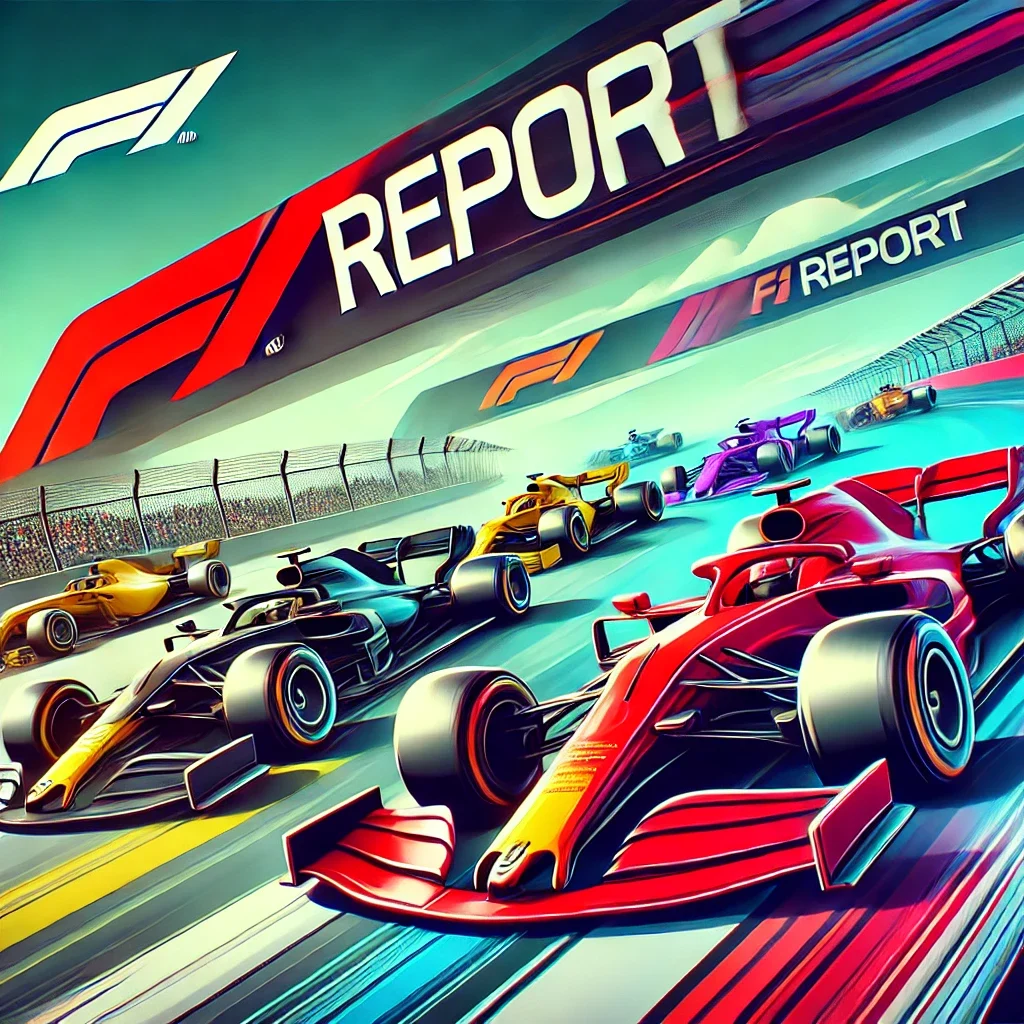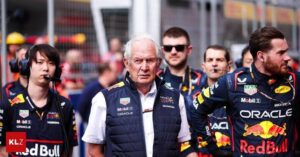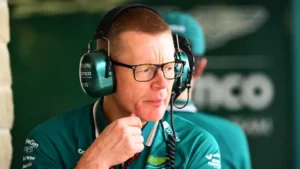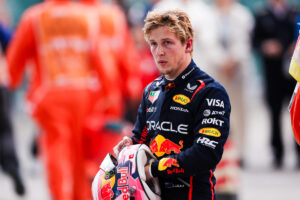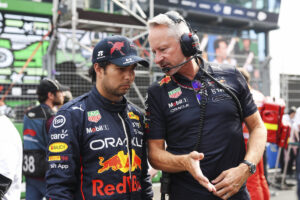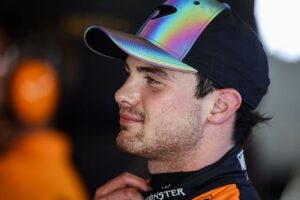Breaking: Max Verstappen and Lando Norris threatened By F1 chief………Read more

F1 Chief Stefano Domenicali Proposes Reverse-Grid Races: Verstappen and Norris Could Start at the Back
Formula 1 is no stranger to innovation and debate, but the latest proposal from F1 CEO Stefano Domenicali could see a significant shake-up in how sprint races are conducted, potentially forcing top drivers like Max Verstappen and Lando Norris to start from the back of the grid. The idea of implementing reverse-grid races, a concept already familiar in Formula 2 and Formula 3, is being seriously considered as a way to increase on-track entertainment and keep the racing format fresh and engaging for feverse-Grid Racing:

Reverse-grid racing isn’t a new concept in motorsport. In Formula 2 and Formula 3, it has been used to create more dynamic race weekends by mixing up the grid and giving drivers lower down the order a chance to start at the front. This format encourages more overtaking and action, as faster cars work their way through the field, creating an unpredictable and exciting spectacle.

Domenicali is exploring the possibility of bringing this concept to Formula 1, particularly for the sprint races that have been introduced in recent seasons. These shorter races, designed to add more excitement to the race weekend, have had mixed reactions from fans and drivers alike. While some sprint races have delivered memorable moments, others have been criticized for lacking the strategic depth and tyre management challenges that make Grand Prix racing so unique.

By introducing reverse-grid sprints, Domenicali believes that F1 could inject more excitement into these events. The idea is that drivers who qualify at the front would be forced to start from the back, battling their way through the field to earn points. This format could potentially lead to more overtaking, closer racing, and a greater spectacle for fans, but it also raises significant concerns among drivers and teams.

Max Verstappen, the current world champion and a dominant force in Formula 1, has made his feelings clear about the idea of reverse-grid races. When asked about the potential change, Verstappen dismissed the concept, stating, “Just a normal race weekend, please. Thank you. I’m not interested in any changes [to the format]. I just don’t like it.” His reluctance is understandable; as a front-runner, Verstappen would likely be the most affected by such a format, facing the challenge of making his way through the entire grid to secure points.
Lando Norris, who has been a consistent performer for McLaren, would also face a similar challenge under the proposed rules. For top drivers, the prospect of starting from the back in a sprint race could be seen as an unnecessary risk, especially given the difficulty of overtaking on many circuits.

The idea of reverse-grid races presents a dilemma for Formula 1. On one hand, flipping the grid could create thrilling races filled with overtakes and battles for position, something that could capture the imagination of fans. On the other hand, it could also be seen as a gimmick, detracting from the skill and strategy that are integral to F1.
One potential compromise could be to reverse only the top 10 qualifiers, as is done in Formula 2. This would still mix up the grid and create opportunities for action, but without the extreme disadvantage of forcing the fastest qualifier to start last. However, this approach could also lead to unintended consequences, such as drivers in the lower half of the grid having little incentive to fight for higher positions if they know they won’t be part of the reversed top 10.

As Formula 1 looks ahead to the 2025 season, when six sprint races are scheduled, the debate over reverse-grid races will likely continue. Stefano Domenicali’s willingness to consider such changes shows his commitment to keeping the sport fresh and exciting, but it also highlights the fine balance that F1 must strike between innovation and tradition.
For now, the idea remains just that—a proposal—but if implemented, it could lead to one of the most significant format changes in recent F1 history. Whether it will be embraced by drivers like Verstappen and Norris, or resisted as a step too far, remains to be seen.
